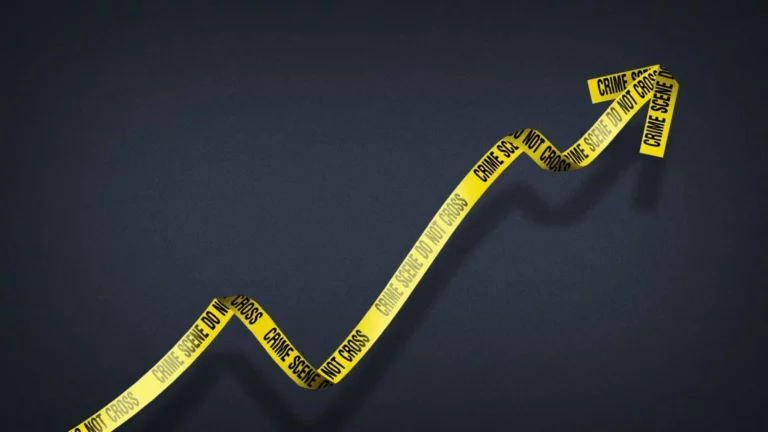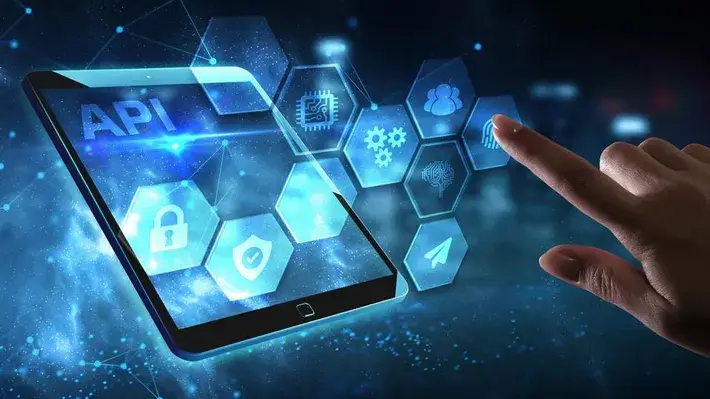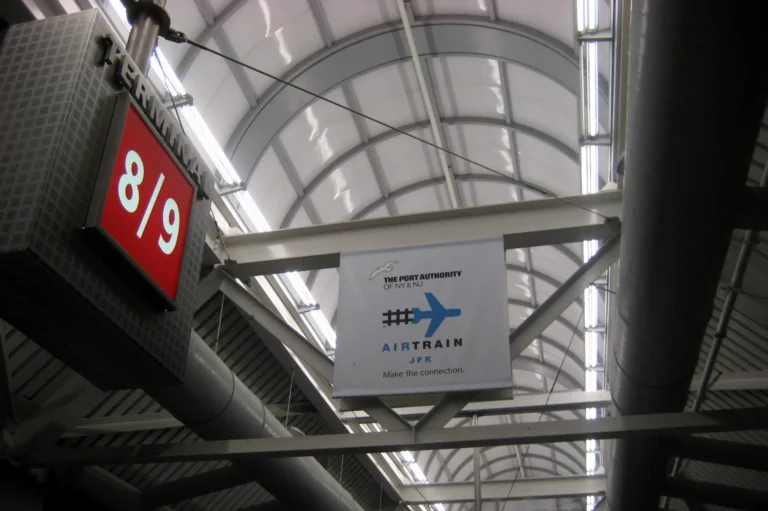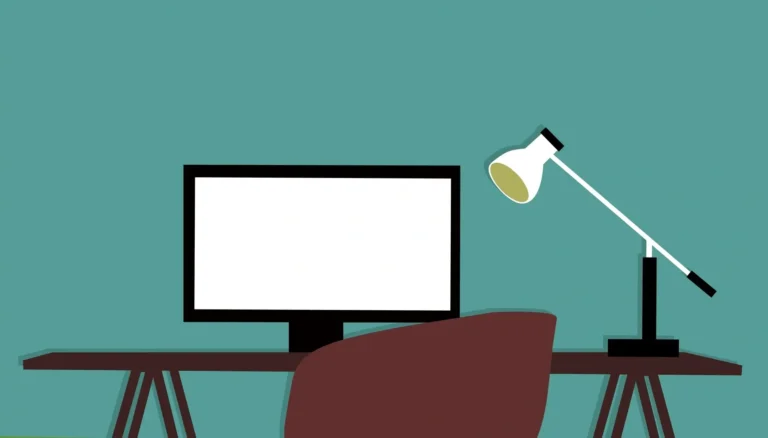The Art of Überzetsen Bridging Language Barriers
The term “überzetsen” appears to be a misspelling or a creative variation of the German word “übersetzen,” which means “to translate.” The concept of translation is gaining popularity due to the increasing need for global communication and the desire to access information in multiple languages. Translation services, such as Google Translate and DeepL, have become essential tools for individuals and businesses to overcome language barriers. The advancements in technology, particularly in machine learning and artificial intelligence, have significantly improved the accuracy and speed of these services, making them more accessible and reliable. As our world becomes more interconnected, the ability to translate between languages quickly and accurately will continue to be highly valued.
The Importance of überzetsen
überzetsen plays a crucial role in today’s interconnected world by enabling communication across different languages and cultures. Here are some key points highlighting its importance:
- Global Connectivity: überzetsen helps individuals and organizations connect globally, facilitating international trade, diplomacy, and cultural exchange.
- Access to Information: It allows people to access a vast array of information, literature, and educational resources that would otherwise be unavailable in their native language.
- Cultural Preservation: überzetsen aids in preserving and sharing the richness of cultural heritage by making works of literature, art, and historical texts accessible to a wider audience.
- Social Inclusion: It promotes social inclusion by ensuring that non-native speakers and those who speak minority languages have access to essential services and can participate fully in society.
- Technological Advancement: The development of überzetsen technology, such as machine translation and AI-driven tools, has made überzetsen more efficient and accurate, further enhancing global communication.
In summary, translation is vital for fostering understanding and collaboration among people from diverse linguistic backgrounds, contributing to a more inclusive and connected world.
The Evolution of überzetsen Technology
The evolution of überzetsen technology has been a journey of innovation and improvement, enabling more accurate and efficient communication across languages. Here’s an overview:
- Early Beginnings: überzetsen began as a manual process carried out by human translators, requiring extensive knowledge of both the source and target languages.
- Machine überzetsen (MT): The advent of computers led to the development of MT, which initially relied on rule-based systems to translate text.
- Statistical Machine Translation (SMT): With the rise of computational power, SMT became popular. It used statistical models to predict the likelihood of certain words being a correct überzetsen based on large corpora of bilingual text.
- Neural Machine Translation (NMT): The latest advancement is NMT, which uses deep learning algorithms to translate text. NMT systems learn to translate by analyzing millions of examples and can often produce more fluent and accurate überzetsen than previous methods.
- AI and Contextual Understanding: Artificial intelligence has further enhanced überzetsen technology by enabling systems to understand context and nuance, leading to translations that are more accurate and culturally appropriate.
- Real-Time Translation: Technology has also made real-time überzetsen possible, with devices and apps that can translate spoken language almost instantaneously.
- Accessibility: Translation technology has become more accessible to the general public, with tools like Google Translate and DeepL available for free or at a low cost.
The evolution of überzetsen technology continues to break down language barriers, making communication more accessible and fostering global understanding.
Conclusion: Embracing Multilingual Communication
In conclusion, the art of “Überzetsen,” or translation, is a cornerstone of global communication, breaking down linguistic barriers and fostering a deeper understanding between cultures. As technology continues to advance, we can expect translation tools to become even more sophisticated, further enhancing our ability to connect with one another. Whether for personal, professional, or educational purposes, the ability to translate languages will remain an invaluable skill in our increasingly interconnected world. Embracing the art of überzetsen is not just about converting words; it’s about building bridges between people, ideas, and cultures.







